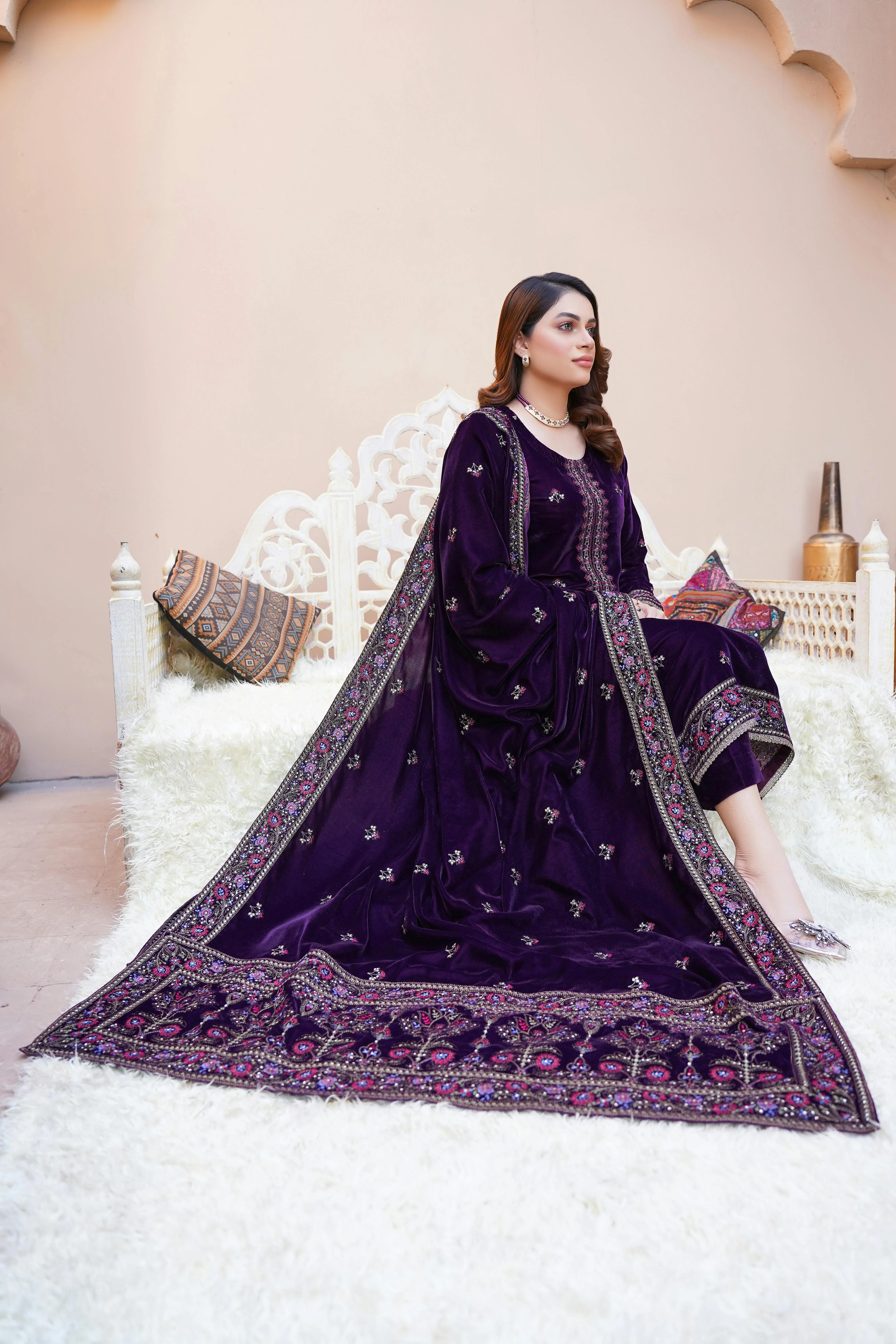Traditional Pakistani Men’s Clothing has always held a distinguished place in the global fashion scene, revered for its elegance, comfort, and cultural depth. While the foundational garments the Shalwar Kameez and the Kurta Pajama remain timeless, contemporary designers are continually innovating, introducing subtle yet impactful modern touches. These adjustments allow the attire to seamlessly transition into the 21st-century wardrobe, appealing to younger generations and international audiences who value both heritage and current aesthetics. The result is a perfect fusion where classic dignity meets sharp, modern sensibility .
Redefining Silhouettes: The Shift to Tailoring
The most noticeable modern evolution in Traditional Pakistani Men’s Clothing is the dramatic shift in tailoring. The traditionally loose, flowing cuts are being replaced by cleaner, more structured silhouettes.
-
The Slimmer Kameez:
The Kameez is now often tailored closer to the body, featuring a defined chest and shoulders, and a straighter cut through the torso. This provides a crisp, contemporary look that is instantly more polished than the baggy styles of the past. The length is also often adjusted, hitting just above or at the knee for a sharp, modern proportion . -
The Modern Trouser:
The voluminous Shalwar is giving way to more streamlined alternatives. Straight Pajamas, Trouser Pants, and even tailored Cigarette Pants are now the norm. These bottoms complement the leaner Kameez cut, creating a balanced and formal aesthetic that feels incredibly current. This tailored approach allows the outfit to be styled with Western footwear, further bridging the gap between traditional and modern wear. -
Structured Collars and Cuffs:
Rigid interlining in the Band Collar (or Nehru Collar) and double-cuffed sleeves elevate the outfit’s formality. A crisp collar and cuff treatment is essential to the modern look, ensuring the Kameez rivals the sharpness of a bespoke Western shirt.
The Fabric Revolution: Texture and Utility
Modernizing Traditional Pakistani Men’s Clothing isn't just about the cut; it's about intelligent fabric choices that enhance both comfort and style. Designers are experimenting with textiles that offer better drape, texture, and climate suitability.
-
The Rise of Linen:
While cotton remains a staple, Linen has surged in popularity. It provides superior breathability for summer while its natural slub and wrinkle texture adds an element of relaxed, European-inspired elegance. Linen Kurta Pajamas, often in muted, earthy tones, are a key trend for daytime formal events. -
Textured and Blended Materials:
For winter and formal wear, materials are moving beyond simple silk or wool. Textured Jacquards, fine Velvet accents, and durable Viscose-Cotton blends are favored. These materials offer rich texture and hold their structure well, crucial for the sharper modern fit. -
Focus on Solid Colors:
While prints were once prevalent, the modern aesthetic favors sophistication through color depth. Deep, solid colors like charcoal, olive green, burgundy, and classic black are in high demand, allowing the focus to remain on the tailoring and the quality of the fabric itself.
The Power of Layering and Minimalist Accents
Modern accessories and layering pieces are utilized to inject personality and formality into the classic suit, transforming it from a simple outfit to a stylized ensemble.
-
The Designer Waistcoat:
The traditional waistcoat remains essential, but its function is now more focused on creating a textural contrast. Waistcoats are often styled in contrasting fabrics think embroidered raw silk over a cotton Kameez, or smooth velvet over a linen Kurta. The fit is crucial: close to the body, often slightly cropped, to maximize the streamlined look of the Kurta underneath. -
Metal Accessories:
Designers are incorporating subtle metallic touches. Small, custom buttons (sometimes featuring the brand's motif), metallic zip closures instead of button plackets, and minimalist cufflinks are used to provide a contemporary sheen. -
The Asymmetrical Touch:
Small, controlled modern deviations, such as an asymmetrical button placket or a hidden placket closure, are common in Kurta designs. These elements nod to avant-garde fashion while retaining the overall decency of the Traditional Pakistani Men’s Clothing.
Buyer’s Guide: Tips for a Contemporary Look
To successfully integrate these modern touches, discerning buyers must focus on quality and retailer selection.
-
Prioritize the Fit:
When purchasing Traditional Pakistani Men’s Clothing, view it as you would a business suit. Ensure the fit is impeccable, especially across the shoulders and the length of the trousers. If buying unstitched, find a tailor who understands the modern, slim silhouette. -
Invest in Quality Fabrics:
The simpler the design (e.g., a solid-colored Kurta), the higher the quality of the fabric must be. The fabric's inherent texture and drape become the primary style statement. -
Use Trusted Online Marketplaces:
Sourcing pieces that incorporate these specific modern touches often requires shopping from reputable curators of designer collections. Shomi Official, for example, specializes in offering premium Pakistani fashion and is an excellent platform to find the latest collections featuring these contemporary cuts and luxury fabrics, ensuring buyers receive authentic, high-quality garments that align with current trends .
The Final Thought
The current evolution of Traditional Pakistani Men’s Clothing is not about abandoning heritage but enriching it. By embracing sharp tailoring, sophisticated fabrics, and minimalist detailing, designers have successfully transformed these garments into global icons of style. The modern Pakistani ensemble is a powerful statement one that asserts confidence, respects tradition, and effortlessly aligns with the demands of contemporary fashion, proving that classic grace and modern sophistication can, and should, coexist .





